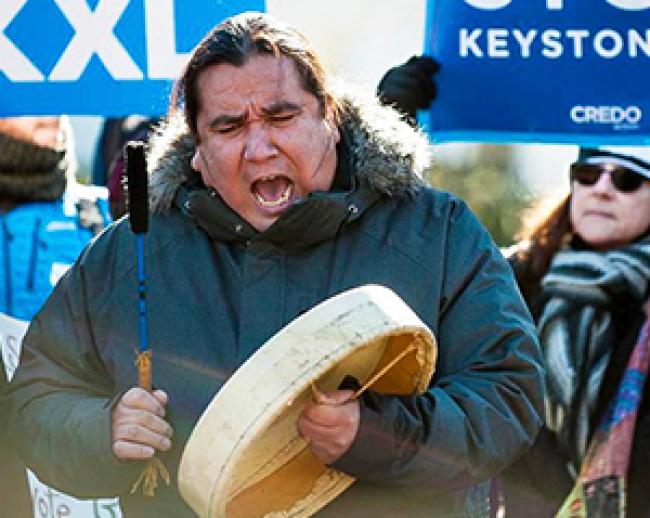Articles Menu

Sitting in his office on the outskirts of Montreal, Serge Otis Simon, council chief of the Kanastake — a band of Mohawks — is clear about what might happen if the proposed Energy East Pipeline is routed through the band's land, in spite of their opposition. "The Warrior Society are men whose duty is given by creation to protect the land, people, and community," he told me, describing a group of Mohawks who go by that name. "I can't think of a more honorable way to be killed than standing in the way of that pipeline."
The rhetoric may be extreme, but it reflects the passions surrounding the debate over oil and gas pipelines in Canada. And it may well not be hyperbole. The Kanastake, after all, are the First Nations band that rose in armed revolt against Quebec and the federal government in 1980 over a developer's efforts to build a golf course and condominium complex on a burial site in a sacred pine grove next to their reserve. The two-and-a-half month standoff ended when the Kanastake surrendered to police.
Now that President Obama has shot down the contentious Keystone XL Pipeline — which would have transported oil from the tar sands of northern Alberta to refineries on the U.S. Gulf Coast — the spotlight is turning to Energy East. Proposed by TransCanada, the same company behind Keystone XL, the Energy East Pipeline is the next most likely conduit for what is known as unconventional crude. It would run from Alberta nearly 3,000 miles east to ports in Atlantic Canada, snaking across territory claimed by some 150 First Nations groups.